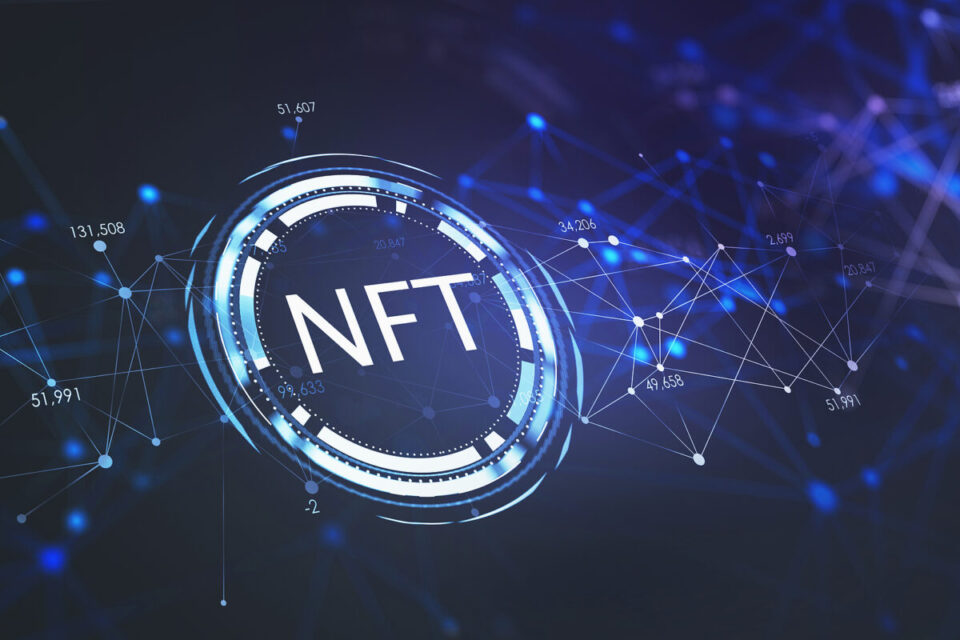

With the advancement of blockchain technology, stock NFTs (Non-Fungible Tokens) are emerging as a new form of digitized equity, challenging the operational models of traditional stock markets. This article compares the advantages and disadvantages of stock NFTs and traditional stock markets across multiple dimensions, including transaction efficiency, liquidity, ownership management, and regulatory compliance. The study finds that stock NFTs offer significant advantages in settlement speed, global accessibility, fractional ownership, and smart contract automation. However, they also face challenges such as regulatory uncertainty, market volatility, and technological risks. As regulatory frameworks mature and technology advances, stock NFTs may become an important complement to traditional financial markets.
Introduction
Traditional stock markets (e.g., NYSE, Nasdaq) rely on centralized institutions (brokers, clearinghouses) for trading and settlement, resulting in complex processes and high costs. In contrast, blockchain-based stock NFTs (Security NFTs or tokenized securities) enable digitized equity ownership through smart contracts, offering a decentralized, transparent, and efficient alternative. This article systematically analyzes the core advantages of stock NFTs over traditional stock markets and explores their future prospects.
Key Advantages of Stock NFTs
(1) Transaction and Settlement Efficiency
24/7 Trading: Not restricted by traditional exchange hours, enabling global market participation.
(2) Enhanced Liquidity
Decentralized Exchange (DEX) Trading: Eliminates intermediaries, enabling direct global trading.
(3) Transparency and Security
Smart Contract Automation: Dividends, voting, and other rights are executed without manual intervention.
(4) Ownership Management and Corporate Governance
DAO Governance: Shareholders can participate in decision-making through on-chain voting (e.g., Aragon project).
(5) Globalization and Financial Inclusion
Financial Inclusion: Investors in emerging markets gain access to global assets.
Challenges of Stock NFTs
Institutional Adoption: Traditional financial institutions (e.g., pension funds) remain cautious about blockchain.
Future Outlook
DeFi Integration: Stock NFTs could become underlying assets for lending and derivatives markets.
Conclusion